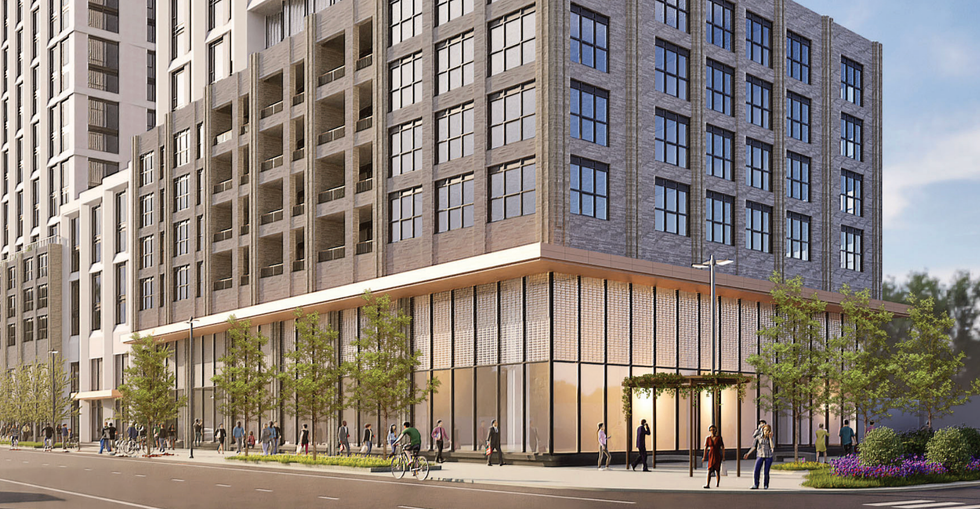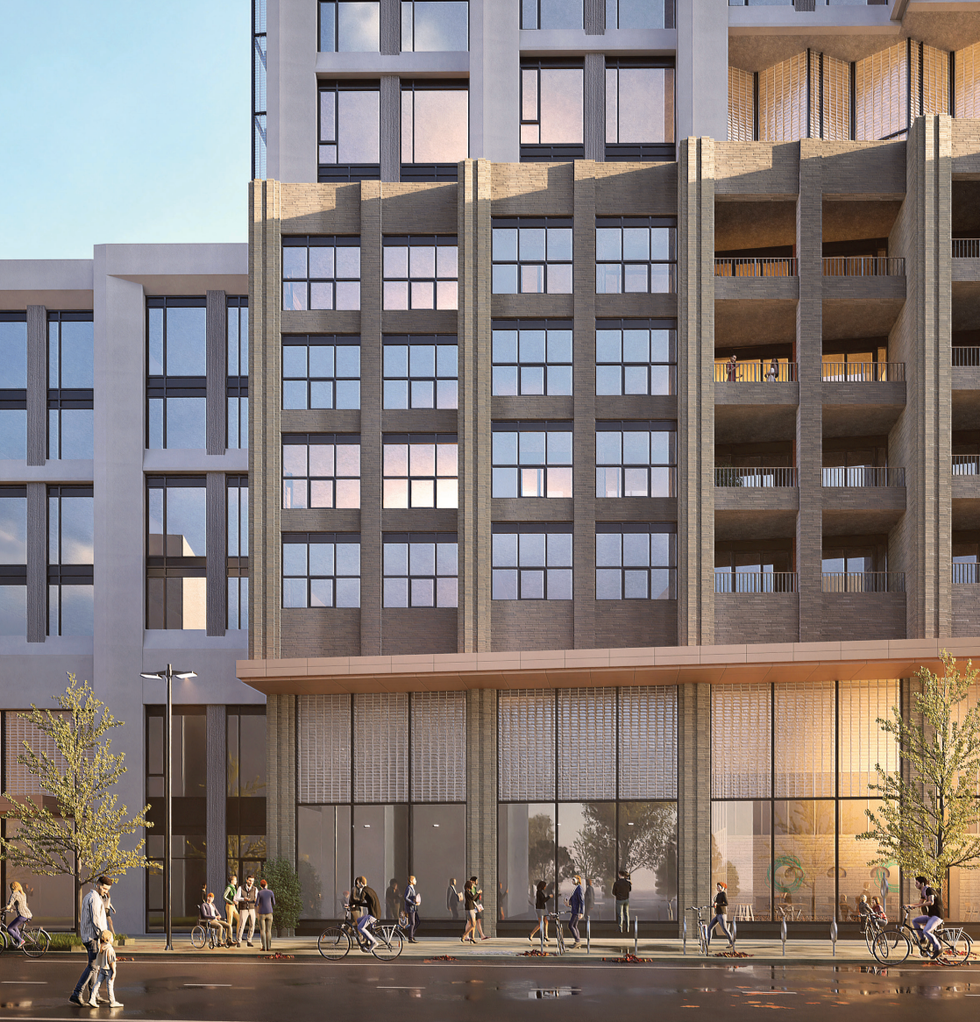Deposit Structure
Understand how deposit structures work in Canadian real estate, especially for pre-construction purchases, and how they affect your financial obligations.

May 22, 2025
What is Deposit Structure?
Deposit structure refers to the schedule and breakdown of payments a buyer must make as a deposit when purchasing a property, especially in pre-construction real estate transactions.
Why Deposit Structures Matter in Real Estate
In Canada, especially in hot real estate markets, pre-construction condo purchases often involve a staged deposit structure rather than a single lump sum. This makes large purchases more manageable and gives the builder security during the development process.
A typical deposit structure might include:
- 5% upon signing the Agreement of Purchase and Sale
- 5% in 90 days
- 5% in 180 days
- 5% at occupancy
The total deposit often ranges from 15% to 25%, depending on the developer and market. These deposits are usually held in trust and protected under provincial legislation.
Understanding the deposit structure is vital for financial planning. Missing a payment deadline may jeopardize the contract or incur penalties. Buyers should also confirm whether deposits are refundable under specific conditions.
Example of Deposit Structures in Action
A buyer agrees to a 20% deposit structure for a pre-construction unit: 5% at signing, 5% in 90 days, 5% in 180 days, and 5% at interim occupancy.
Key Takeaways
- Defines the schedule for deposit payments.
- Common in pre-construction transactions.
- Total deposit may range from 15% to 25%.
- Deposits are held in trust.
- Must be paid on time to keep contract valid.
Related Terms
- Agreement of Purchase and Sale
- Pre-Construction Condo Purchase
- Trust Account
- Occupancy Date
- Refundable Deposit








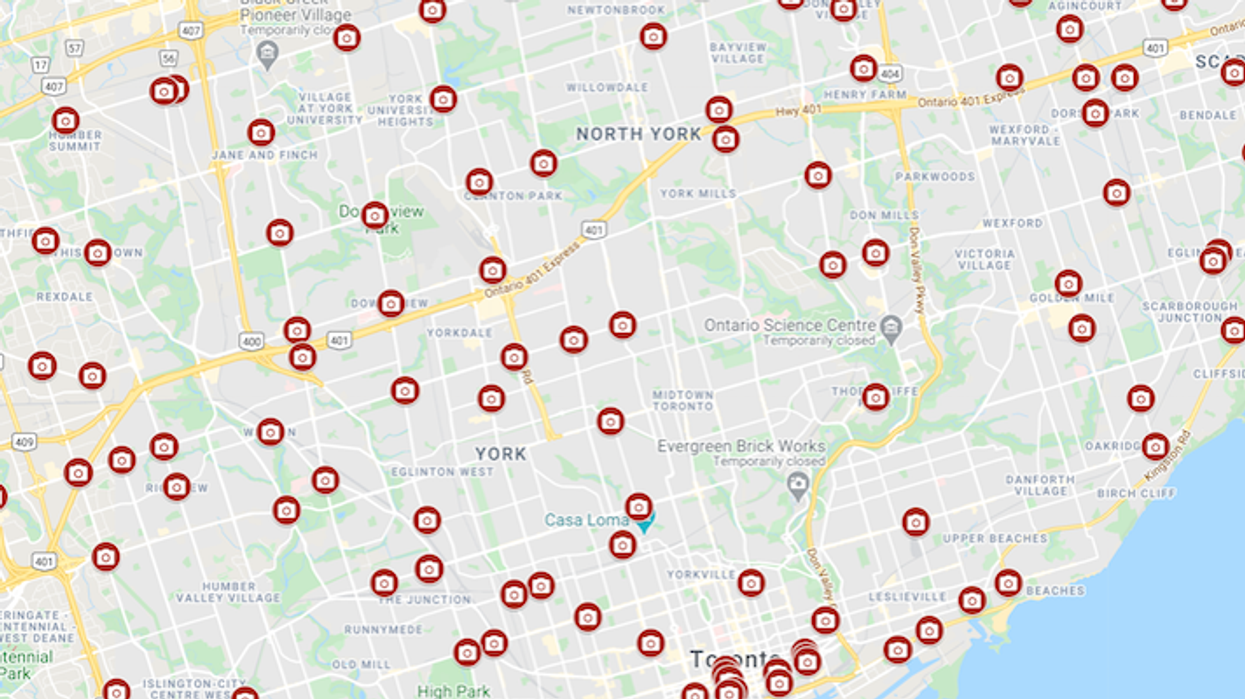




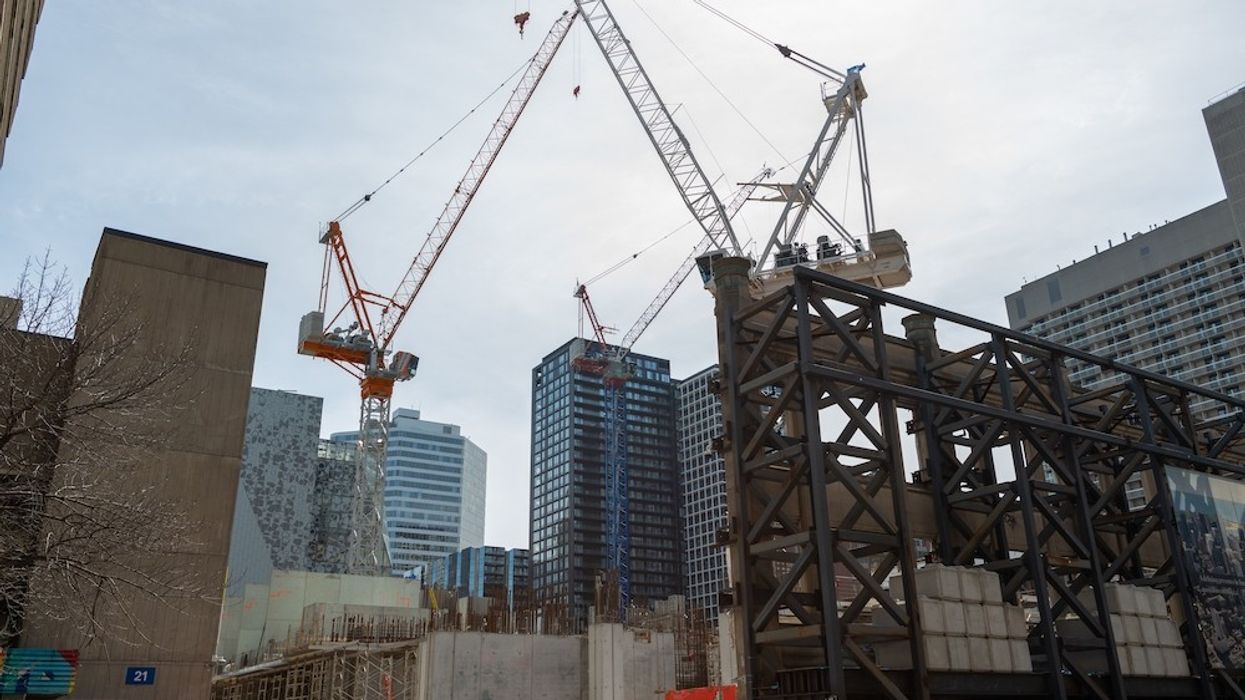
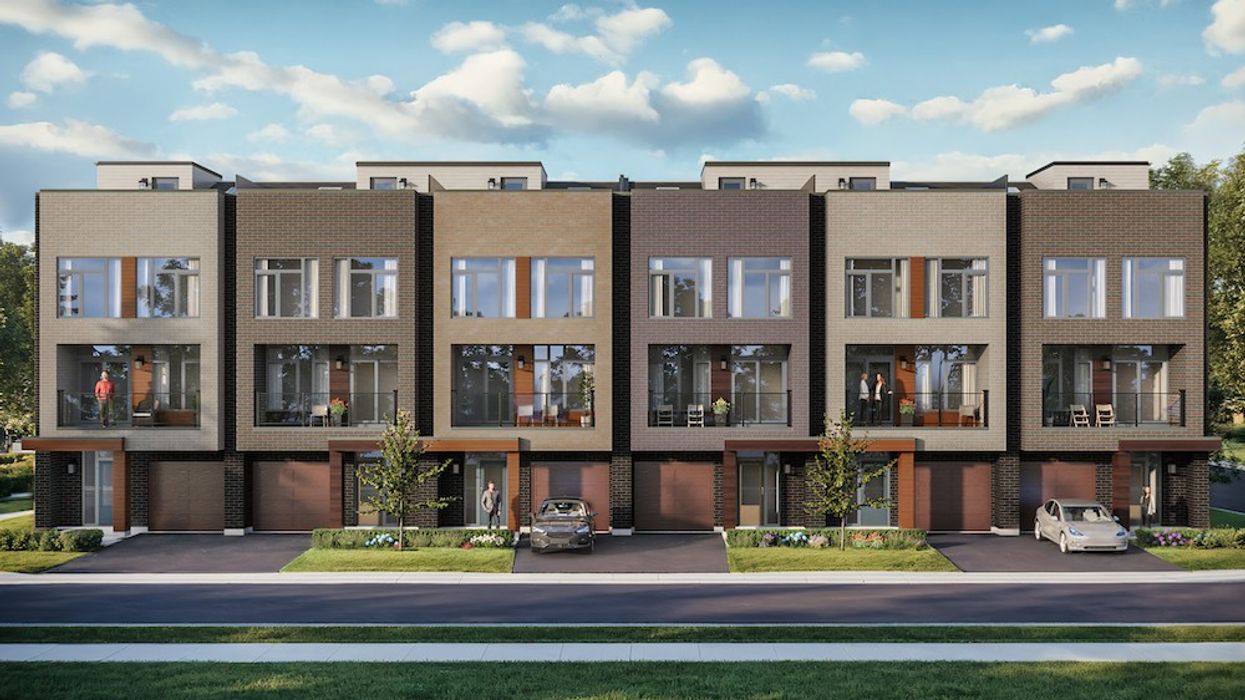
 Camcos Living
Camcos Living Shutterstock
Shutterstock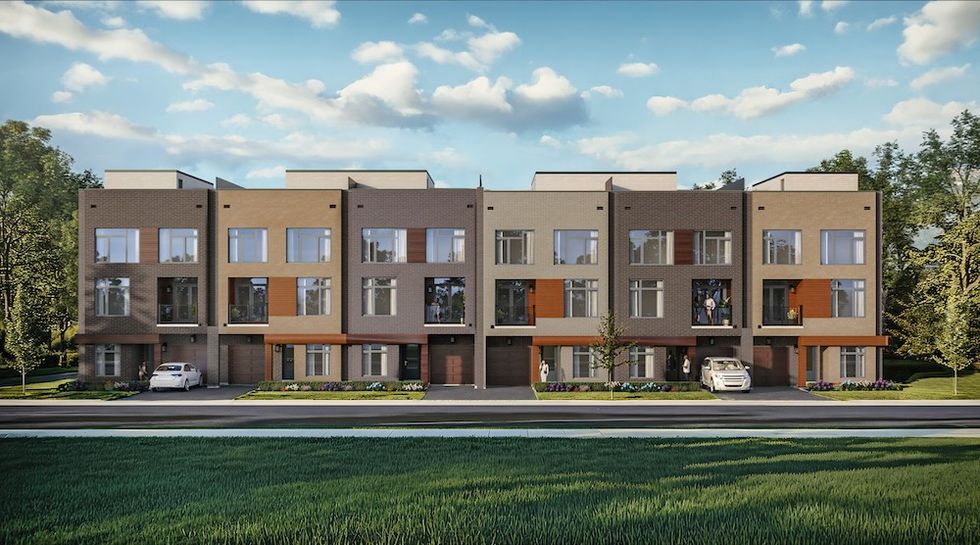 Little Rouge Block G/Camcos
Little Rouge Block G/Camcos Camcos Living
Camcos Living Camcos Living
Camcos Living Camcos
Camcos



